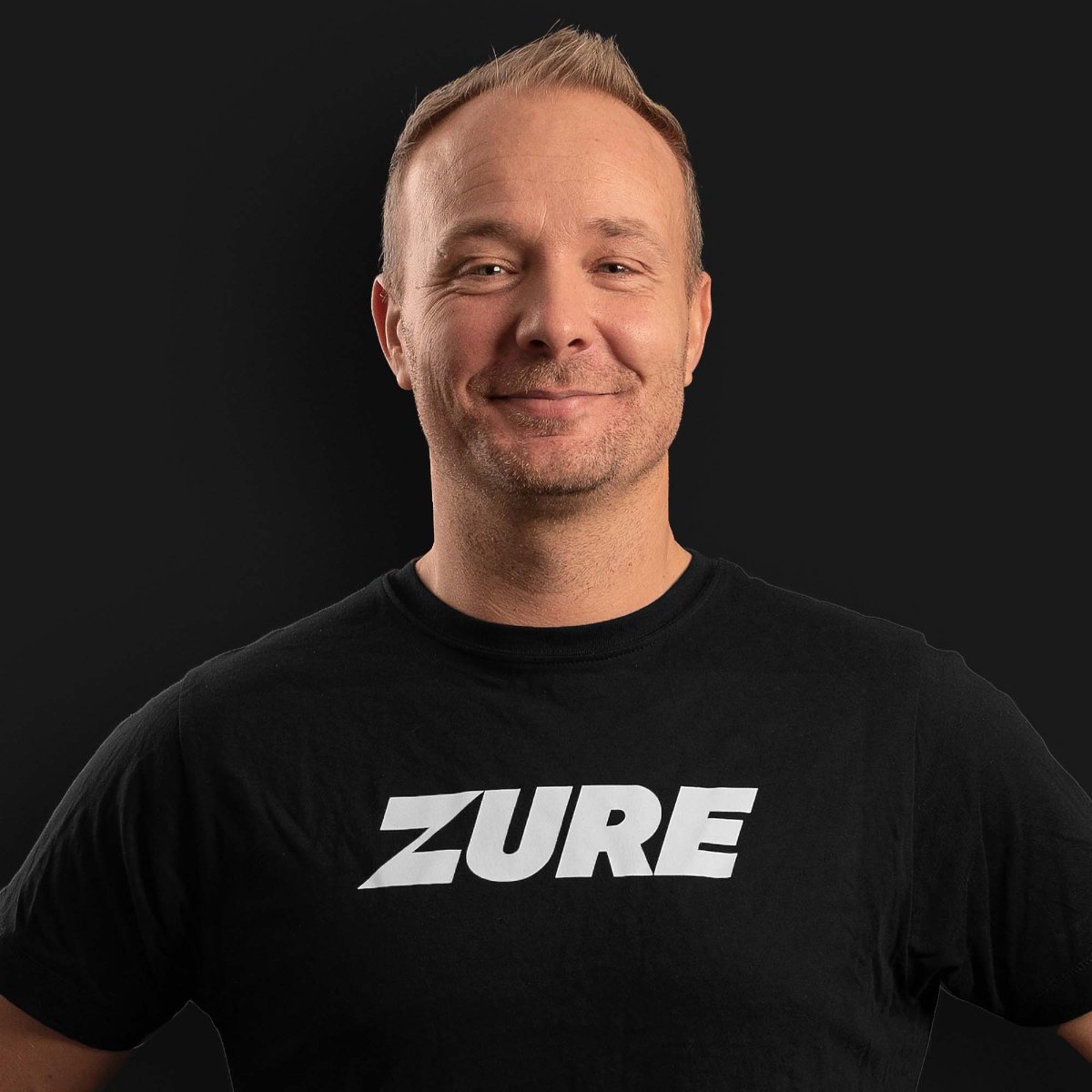What we do
User experience (UX) design
UX design is the process to create products that provide meaningful and relevant experiences to users and through continuous measuring, business value. We consider the entire process around the solution, including aspects of design, usability, branding and function. Our technical prowess combined with design thinking, helps us create a solution that goes beyond the device’s screen.
User interface (UI) & interaction design
Web applications commonly require a user interface that is the primary interaction point with a product or a service to a user. We ensure the user interface looks aesthetically pleasing, maximizes productivity and unites the experience with all the dimensions of interaction design.
Usability & accessibility analysis
After a solution has been available for a period, it is good to inspect and reflect on how people use it and what kind of issues and opportunities we might have missed. Using existing patterns, modern practices of usability and accessibility, we analyze your solution and create a proposal on how to better enhance the usability and accessibility of it, both in short and long term. This will provide tangible and measurable value in ways of productive, fast and stress-free user interactions.
User research & user testing
Involving the users to the process of development from the get-go is important. By creating empathy with user research, creates purpose to whole team. Identifying the core problems helps us define better our work ahead and makes sure we solve the right problems and don’t waste time on redoing things multiple times. Create a mindset together to continuously keep users at the heart of the process and continuously test and validate with small design iterations.
Ideation & discovery
Sometimes it is good to stop in front of a drawing board to get back clarity on the project or simply to break the dulled habits of daily work. We facilitate different workshops to help identify problems and create common understanding. You don’t even need to know beforehand what you are looking for, we will help you find out.
Key Benefits
1.
Ease users mental and physical capabilities.
2.
Better performance with design principles.
3.
Monetary benefits with company KPI aligned metrics.
4.
Build solution based on facts, not guesses.
5.
Create common understanding and meaning.
How we do it
As mentioned earlier, our design process marries together agile methodologies and design thinking, this meaning we design both iteratively and transparently in order to fully understand your business problem, users’ needs and create the best possible solution.
Understanding the problem
The very first thing is to question “what is the problem we’re trying to solve”, by understanding and defining the problem your product will tackle, solutions will automatically begin to form.
Identifying opportunities
It’s challenging to create a great user experience without knowing exactly what your users want and need, therefore we research into likeminded and/or similar solutions to uncover their pitfalls and identify new opportunities. If your product is not in the initial stages of development, we can then utilize user feedback to identify specific needs that are lacking.
Validating need
As important as it is to try meet the list of wants and needs of your user, the real challenge is to reveal and understand their hidden need – the way people think, and talk does not always reflect in their actions. Therefore, using task-based testing on a rough prototype or even conducting an interview based on the opportunities found earlier will not only minimize the amount of design iterations but also allow us to gain valuable insight to how the user assumes your product should work.
Developing a solution
Before designing a visually appealing user interface (important as that is because “first impressions matter”), we ideally begin with mapping out the journey our user will take to successfully complete their current goal, as a good experience is worth more than a beautiful interface. Mapping out the information and interactions between the product and user allows us to identify any usability or accessibility issues before development.
Measuring product success
The key is what is being measured, why it’s being measured and for how long; this is usually based on your company’s business goal and/or problem identified in the beginning of our design sprint. Having clear metrics will not only allow us to choose the best testing method and scale of measurement, but will also help plan your next iteration.
If you want to learn more, then please take a look at our whitepaper on the topic.










